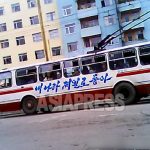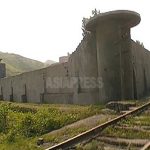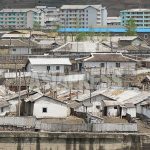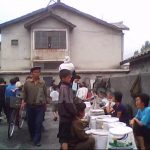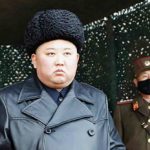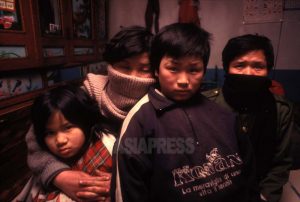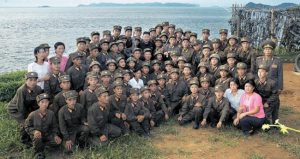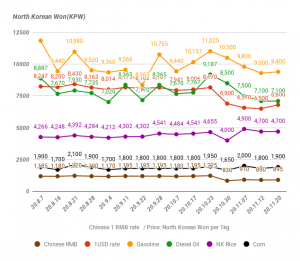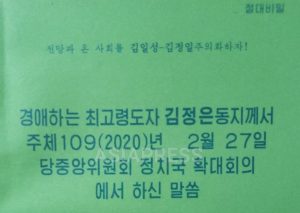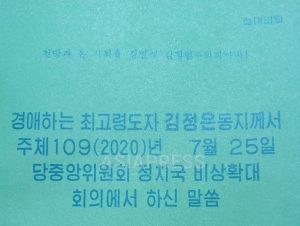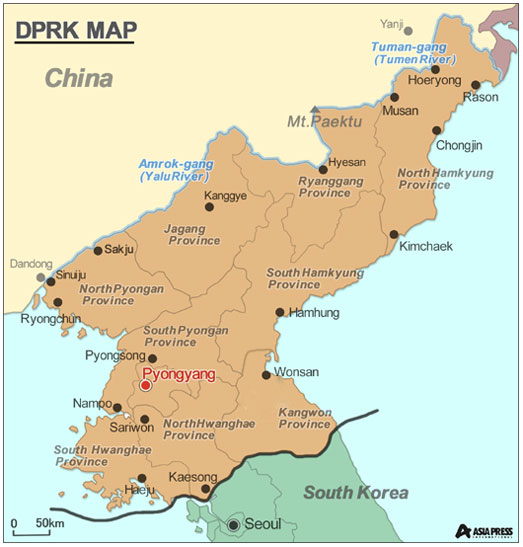
Map of North Korea
In Yanggang and North Hamkyung Provinces, our partners reported that, in November last year, the local authorities ordered residents to pay 10,000 KPW per month for electricity but, due to frequent power shortages, the fees were not enforced.
This year, dissatisfaction among North Koreans has been spreading due to the declining supply of electricity to residential districts and due to the creation of multiple “power saving districts”, where the power supply is non-existent. However, most residents are of the opinion that, "If electricity is well supplied, we don’t mind paying 10,000 KPW a month."
It seems that, with the new improvements to the power supply, measures by the local electricity distribution offices will come into enforcement.
"Now that the power supply has stabilized, the electricity distribution office has intensively cracked down on the use of electric heaters. This is because the power lines are getting old and short-circuits and electrical accidents are occurring frequently, " the reporting partner added.
Since the Kim Jong-il era, there have been a number of attempts to improve the electricity billing system in order to address the issue of excessive electricity usage. Cheap prices and an inconsistent billing system based on the number of household members or appliances have added to the problem of excess usage. However, all plans to improve the system failed due to prolonged periods of power shortages.
These measures appear to be part of the current regime’s attempts to assess production costs and pursue economic rationality, along with normalizing the power supply. Given the economic difficulties North Korea is currently facing though, it is uncertain whether or not the push for normalization of the country’s power supply will be sustained.
- <N.Korea photo report>A Look at North Korea's Impoverished Rural Women... Though they are producers they live in poverty due to exploitation
- <Inside N. Korea> Vagrant children are being captured and sent to the army at the age of 17.
- UN Sanctions Lead to a 90% Drop in North Korean Exports (ISHIMARU Jiro)
 Editor’s notes on North Korean reporters
Editor’s notes on North Korean reporters
ALL REPORTS >>>
ARCHIVE(pdf) >>
DPRK MAP >>
